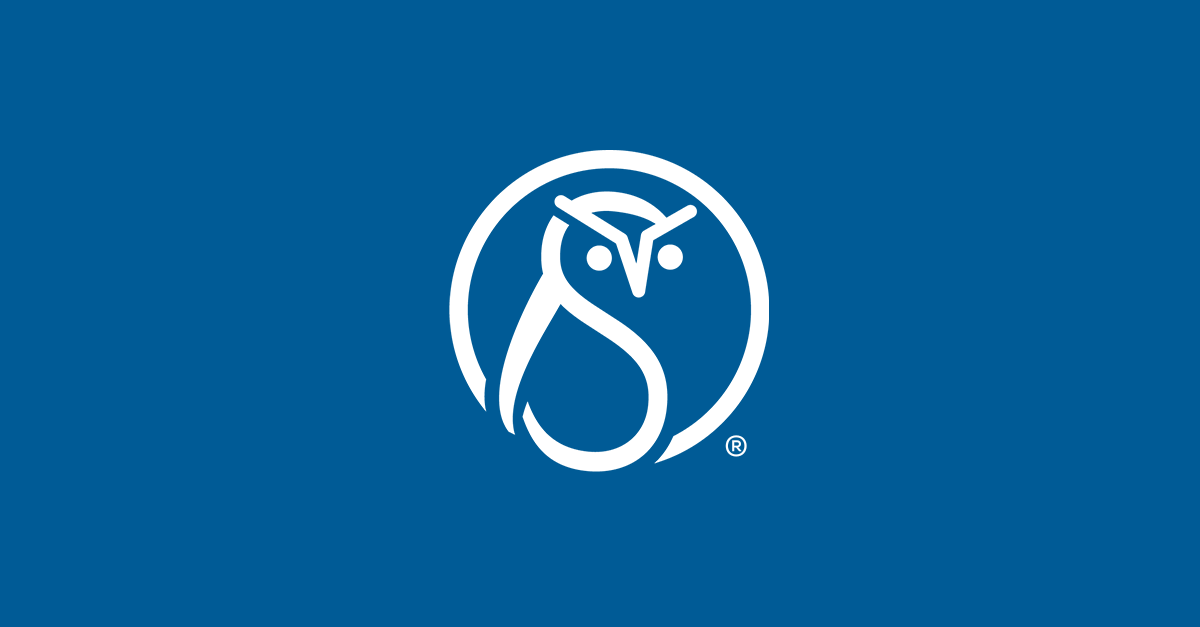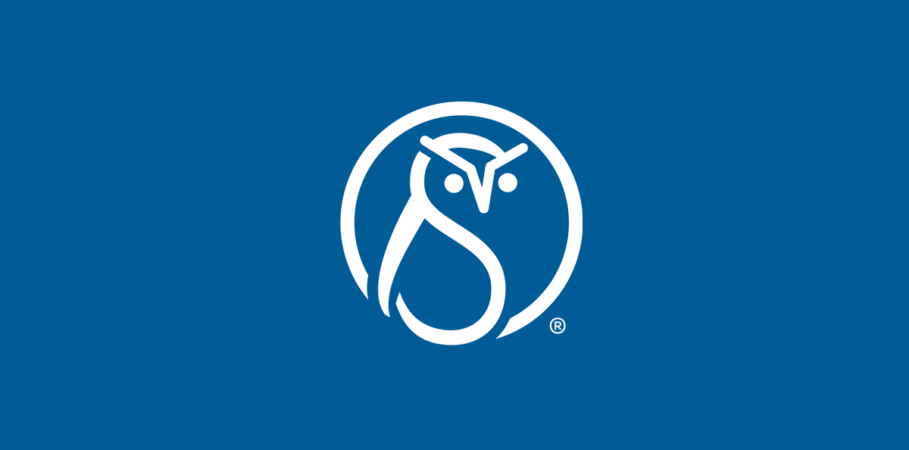Ask Alan Anything: Resolving pain in content operations (podcast, part 2)
Podcast: Play in new window | Download
Subscribe: Apple Podcasts | Spotify | Amazon Music | Email | TuneIn | RSS
In episode 156 of The Content Strategy Experts Podcast, Alan Pringle and Christine Cuellar are back discussing more pain points that Scriptorium has resolved. Discover the impact of office politics on content operations, what to do when your non-technical team is moving to structured content, and more.
“Here’s the thing. Skepticism is healthy. If people are trying to poke holes in this new process, sometimes they can actually uncover things that are not being addressed. That is real, that is useful. So don’t confuse that with people who were being a-holes and just being contrary for the sake of being contrary. Those are two different things, and you’ve got to be sure you understand those two things.”
— Alan Pringle
Related links:
- Ask Alan Anything: Resolving pain in content operations (podcast, part 1)
- Content strategy pitfalls podcast: change management
- “Why do I have to work differently?” (podcast, part 1)
- Training by Scriptorium
LinkedIn:
Transcript:
Christine Cuellar: Welcome to the Content Strategy Experts Podcast, brought to you by Scriptorium. Since 1997, Scriptorium has helped companies manage, structure, organize, and distribute content in an efficient way. This is part two of a two-part podcast.
I’m Christine Cuellar. And in this episode, Alan and I are continuing our discussion about pain points, pain points that Scriptorium has resolved over the years. And we have a lot more to talk about. So Alan, let’s get right into it if you’re ready. Are you ready for round two?
Alan Pringle: Well, I took the first bit okay, I think. So let’s go ahead and knock it out.
CC: All right, let’s do this. Okay, so let’s talk about some more interpersonal pain points. So let’s talk about office politics. How does office politics impact content operations problems that might already exist?
AP: Oh, office politics affects every operation. Not just content, every operation at every level. And you have to be savvy and know how to play the game. If you have had experience with that at the company where you are, or at another company, it can be a very valuable thing to understand that how to read people, how some things are left kind of unsaid, inferring things.
Understanding that when you have a C-level executive who has a priority on, they want content to be like X, that all of a sudden probably becomes a priority for you, even though it may not have been one in your mind. Because the person who has the money sees it as the priority.
So there are lots of things that you have to bridge and address, and it can be a minefield, absolutely. But if you’ve had experience with it before, or again, if you’ve worked with a consultant who has seen these things before and we have seen politics at Scriptorium, lots, it’s inevitable because humans are political beings. It’s just how it is.
CC: Yeah. What are some common office politics or sticking points for content operations? Is there anything unique to content struggles?
AP: This goes back to a little bit about what we talked about in the previous episode, in regard to finding the common communication method, a common language of speaking. Be sure you’re not talking at each other, that you’re talking with each other when you were talking about these things.
And again, this is not just about content. But what is about content is, content does often not quite get the attention that it should. So you may have to spend a little more time explaining its value as we discussed earlier. And that can be a sticking point here.
CC: Yeah. And if you didn’t have a chance to check out the earlier podcast, it is in the show notes, and I do recommend it. Because Alan also shared some specific metrics that you can have on hand to help communicate the value that content brings to your organization. So definitely recommend checking that out.
How about a pain point where people, whether that’s the technical writers or other people involved in this whole process, don’t really want to be helped? They’re kind of happy with what they’re doing. Maybe the reversal is true, they don’t see the need for the change, and maybe managers or executives are the ones pushing that change. How do you navigate that?
AP: Well, you have to find advocates at every level. Even though you’re saying some people may not see the value or are not feeling the pain, I bet there are other people who are sitting back looking at this. Content creators are saying, “This is crap. We need to fix this.”
If they can get other people on board, that’s how you do it. It’s more of a lateral thing. You’ve got coworkers explaining to you, this is why we need to do this. That is much more effective than from top down, you will do this. Although sometimes you may have to play the, you will do this, card. And if those things aren’t done, it may be time for some personnel changes perhaps.
Yeah, that’s not pleasant, but it can get there sometimes.
CC: Yeah, no, that makes sense. Do you feel like once they see the value of what’s trying to be done, or once they see a coworker that’s really motivated by this and sees the benefits, even if this one individual doesn’t, do you mostly see people being won over to the cause, quote-unquote the cause?
AP: Not always, but here’s the thing. Skepticism is healthy. Because if people are trying to poke holes in this new process, sometimes they can actually uncover things that are not being addressed. That is real, that is useful. So don’t confuse that with people who were being a-holes, and who were just being contrary for the sake of being contrary. So those are two different things, and you got to be sure you understand those two things.
But I can tell you I have seen, even on two projects within this past year, where I sense skepticism from certain people and I saw them change over weeks and months. It happens. It absolutely happens. And that’s when you know you’re headed towards success. Because people who were like, “I don’t think so,” are like, “Okay, I see this.”
People who now champion what you’re doing, that’s really rewarding and it will really guide you to success.
CC: And I’m sure that that really helps them, that they were able to question and bring honest questions, and feedback, and concerns about, I don’t know how this is going to work, that kind of stuff. They were able to bring that to the table and have that addressed to the point where they’re now fans. Like you said, they’re champions of … That sounds like a safe environment for them as well. Hopefully that resolves their concerns.
AP: That’s what you want. I mean, that is ideal. And it does happen. Absolutely, it does happen.
CC: Yeah. All right, so how about a pain point where you realize that your team wants to or needs to move to structure, but your team isn’t technical. Do you have any thoughts or examples about how that is navigated? Because that sounds painful.
AP: It is. And it doesn’t happen overnight. Again, we are talking about a situation where you need to win people over, help them understand the bigger picture. And this is where, for example, a proof of concept can speak volumes. Where you take a slice of content and use it, set it up in the new process or quasi-new process, close enough where you can demonstrate the change. Where you can demonstrate the value. That’s one tool that can be very effective in communicating things and bringing people on board.
Also, you got to remember, you cannot throw a completely different way of doing things on anybody, in any circumstance, at any job, not just content creators and say, “Here’s some new tools. Go do it this way.” No, you’ve got to have some knowledge transfer. You’ve got to have training that’s tailored to all the different levels, all the different users of the system and how they’re going to use it. So all of that is vital.
And again, I’ve repeated this probably ’til I’m blue in the face in past events and podcasts. When you are budgeting for a project, never, ever, ever leave out training, always have budget for training, or you’re going to end up with a system that nobody can use. What’s the point?
CC: Absolutely. And like you mentioned earlier, if the worst-case scenario happens and there is some turnover, I mean, we try to avoid that at all costs and try to win people over. But if that…
AP: That can be healthy. I will argue sometimes turnover can be healthy. If someone realizes that they are not going to be a good fit for this new process, maybe it is a good time to bring someone in who can.
Yes, the loss of that institutional knowledge, the product knowledge, the service knowledge, the process knowledge, I am going to fully acknowledge that is a big loss. It is painful. But big-picture wise, sometimes changes like that are exactly what you need to get things moving.
CC: Yeah, yeah, that makes sense. And if you have training, if you’ve budgeted for training like you mentioned earlier, it sounds like that could be something that not only helps navigate the transition, but it can also help new team members that come maybe six months, a year, or even more so after the changes already happened. It’s an asset that, it’s good to have in place from here on out.
AP: Yeah, I’m glad you mentioned that. Because there are multiple ways to navigate what you just mentioned. You can set up a “train the trainer” scenario, where a consultant or an expert comes in and basically gives people within the organization the knowledge they need to then spread the good news to other people. And people who were maybe hired even six, eight months, a year down the road. So you have got those resources internally.
You can also record training and use that as a resource as well. So there are ways to address that. But it is important. You’re right. It’s not just about the transition, it’s about helping people when they’re introduced to the process as new hires.
CC: Yeah. So shifting to some technical pain point questions, tell us about some scenarios or maybe some ideas you have when technical obstacles come up that weren’t discussed in the discovery stage. So this is probably particularly when a consultant is brought in. But during that initial assessment, there was a lot more hiding under the surface than was realized. How do you navigate that?
AP: I would hope there are not a lot of that going on, because that means discovery probably wasn’t as deep as it should have been. It does happen. But I’m going to hope and cross my fingers that we’re talking about some things around the edges, edge cases, things like that.
When you have edge cases, you have to say, okay, do we need to spend time and money for the system to address it, or is this edge case a one-off, and things need to be reconfigured with this edge case, so it’s not an edge case? That’s one way of looking at it.
But if you find enormous gaps where you have completely glossed over something, there’s part of me that feels like discovery went a little awry. That’s where my brain is right now. And that’s like, did the consultant, did we do our jobs here? What happened here? I would take a hard look at that and there would need to be some soul-searching there for sure.
CC: So that’s a good point. That for the most part, the way that a consultant guides that initial assessment should flesh out the major problems. That’s what I’m hearing.
AP: I really hope, I really hope. Because a lot of times, if you’ve done this as long as we have, that sounds boastful, but it’s just a matter of fact.
CC: 1997, so yeah.
AP: Yeah.
CC: It’s been a long time.
AP: Yeah. Your antenna goes up and you’re like, I hear that, but I know that also means X, Y, and Z. So that’s where a consultant can be helpful. Because they can pick up on things that, on the surface, may not mean anything to someone who is mired in the pain. But it really means something to someone who’s seen this stuff before and can pinpoint, oh, if I’m hearing that, that means these things are also probably true. Let’s go digging around on those things.
CC: Okay. Okay. So how about a situation where you need a specific output, but the current authoring and publishing systems don’t support it? And there’s really no way around that.
AP: This is a signal that is not just about that output. It probably means your ops are not where they should be. Because good content operations, they are going to allow you, enable you to deliver to a yet-to-be-specified delivery format. That is the crux, the joy of good content ops. They are going to be basically future-proof.
If you’ve got things set up in a way where your content source is, let’s call it format neutral, and then you apply different transformation processes to it to create all the end results, delivery formats you need, one more delivery format shouldn’t be a huge burden if things are set up well.
Now, you may have to add another layer of intelligence, some new information into your source content to deliver that. But beyond that, you should be more or less ready for the unknown. That’s where my brain is anyways. I mean, to me, good content ops are not just about the here and now. It’s also about what’s coming down the road in 18 months.
CC: And speaking of that, what happens when your content processes, you just outgrow them? Okay, two questions in there. One, that’s a pain point that was brought up a lot is, what happens when you outgrow your processes? So there’s that. But then also, number two, can you create a solution where you don’t outgrow your processes? Is that even possible?
AP: In theory, I think baseline, you can create something that is somewhat future-proof. I do believe that, and I’ve seen that happen. Especially if your content is structured, and it’s got a lot of intelligence, I’m going to use the M word, metadata, built into it. So you can slice, dice, and present that content in many, many different ways to many different audiences, versions, levels, whatever it is that you need at the end.
And then it also gets into content as a service, where other systems can pull in that content and use that intelligence to create what the end user, the reader, or whoever, what they need. And gives them exactly what they need, and often in real-time.
So yes, theoretically, you can do that. But like I said around the edges, you may have to add a little bit more intelligence here or there to your source to be sure that you can address that new delivery format. So yeah, you can do it. But nothing on this planet is foolproof, as much as I would like it to be.
But having structured, intelligent content that is filled with metadata, if you have that as a core, you can take that a really, really long way. A really long way.
CC: So Alan, are there any other pain points that we haven’t covered in our list that I’ve grilled you on? Is there any other kind of pain point that you’d want us to address right now?
AP: The only thing that I want to say to kind of close this up is that change is a people problem. Don’t consider it a tech problem. That’s kind of my overarching advice, based on all these questions that I’ve heard at this point. And looking at it simply through the lens of tools and technology, I think you’re basically guaranteeing you’re going to have your backside handed to yourself. That’s what I think.
CC: Yeah, that’s a really good way to phrase that. I like how you phrase that. Because that also applies to other aspects of the organization, not just content. But it has a big impact here.
AP: Basically, basic change management applies here. Good project leadership applies here. Yes, a hundred percent.
CC: Absolutely. Well, Alen, thank you so much for letting us grill you on this. Especially because you didn’t have the list in advance. You didn’t know what we were going to bring up today, so thank you for being here.
AP: Sure. It was interesting.
CC: Sure. It brought up a lot of really happy memories of resolving all these things very easily.
AP: And some unhappy memories as well. Yes, it did.
CC: All of the above. Yeah.
AP: Yeah.
CC: Well, yeah. Thank you so much. And thank you for listening to the Content Strategy Experts Podcast, brought to you by Scriptorium. For more information, visit scriptorium.com or check the show notes for relevant links.





